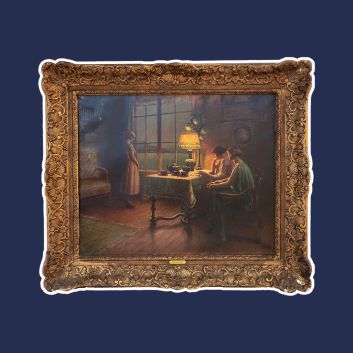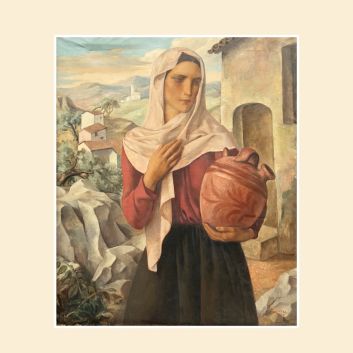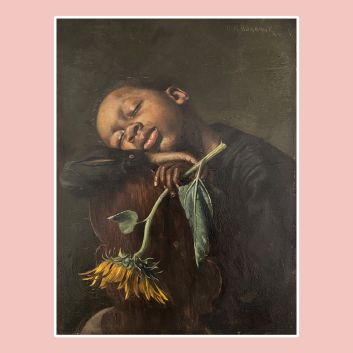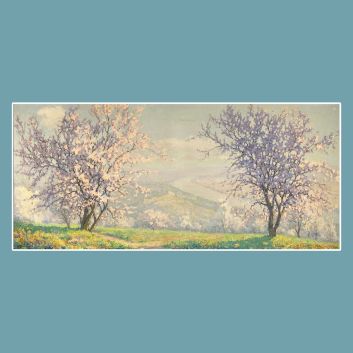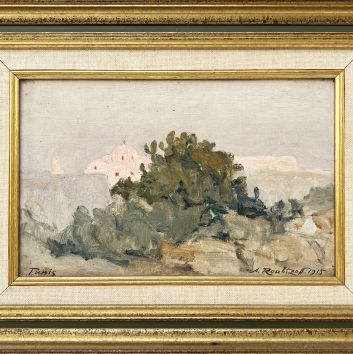Rating and value of works, paintings by Gustave Courbet
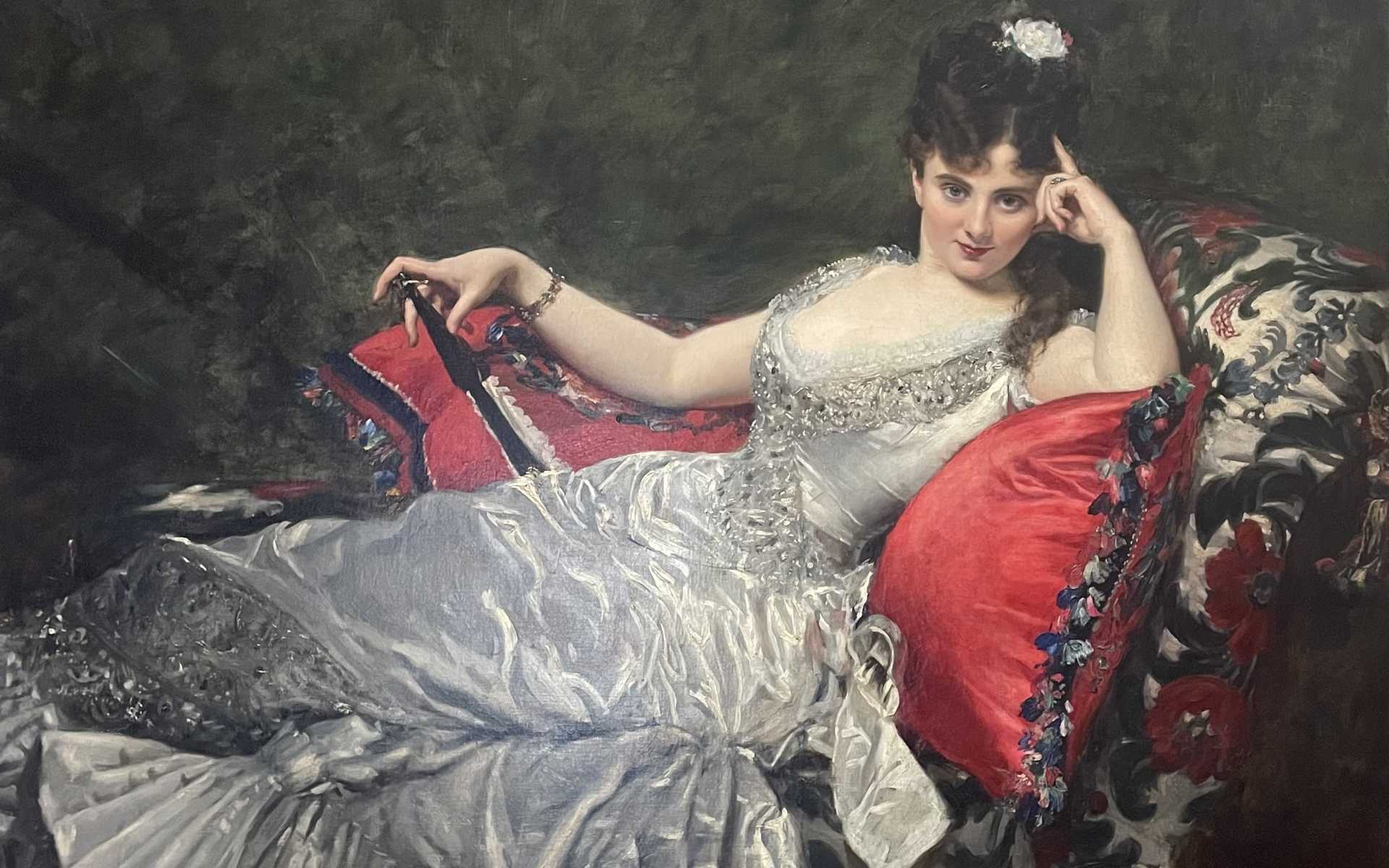
If you own a work by or after Gustave Courbet and would like to know its value, our state-approved experts and auctioneers will be happy to offer you their appraisal services.
Our specialists will carry out a free appraisal of your work, and provide you with a precise estimate of its current market value.
Then, if you want to sell your work, we'll point you in the right direction to get the best possible price for it.
Rating and value of the artist Gustave Courbet
The artist Gustave Courbet left behind a classic body of work, composed mainly of realistic scenes. He was the leader of the realist movement in his day. Today, prices for his works are skyrocketing under auctioneers' gavels.
His paintings are highly prized, especially by American and English buyers. The price at which they sell on the art market ranges from €50 to €12,753,900, a very wide range, but one that speaks volumes about the value that can be attributed to Courbet's works.
In 2022, the 1866 tableu La Pauvresse de village sold for €1,400,000, whereas its estimate was between €700,000 and €1,000,000.
Order of value from a simple work to the most prestigious
Technique used | Results |
|---|---|
From €50 to €2,590 | |
Drawing - watercolor | From €220 to €120,000 |
Oil on canvas | From €170 to €12,573,900 |
Response in less than 24h
Style and technique of the artist Gustave Courbet
Gustave Courbet, the emblematic figure of realism, is distinguished not only by his desire to represent reality faithfully, but also by his social commitment.
The leader of this movement, he is renowned for his concern to give a voice to the most disadvantaged and to women, who are often relegated to the margins of society.
Courbet sought to capture the essence of everyday life, from rural scenes to portraits of workers, rejecting the academic idealizations of the time.
Her preferred medium is oil on canvas, a technique that allows her to play with textures and shades of color to make matter and emotions palpable.
The painter's vigorous, thick brushstrokes lend an almost tactile dimension to his compositions, in keeping with his favorite movement: realism. He masters the art of contrasts between light and shadow, giving his canvases dramatic depth.
In addition to painting, Courbet also explored other forms of expression, producing a series of drawings and prints in which his stylistic identity is easily recognizable.
His works reflect an uncompromising vision of the world around him, making him a committed and profoundly modern artist.
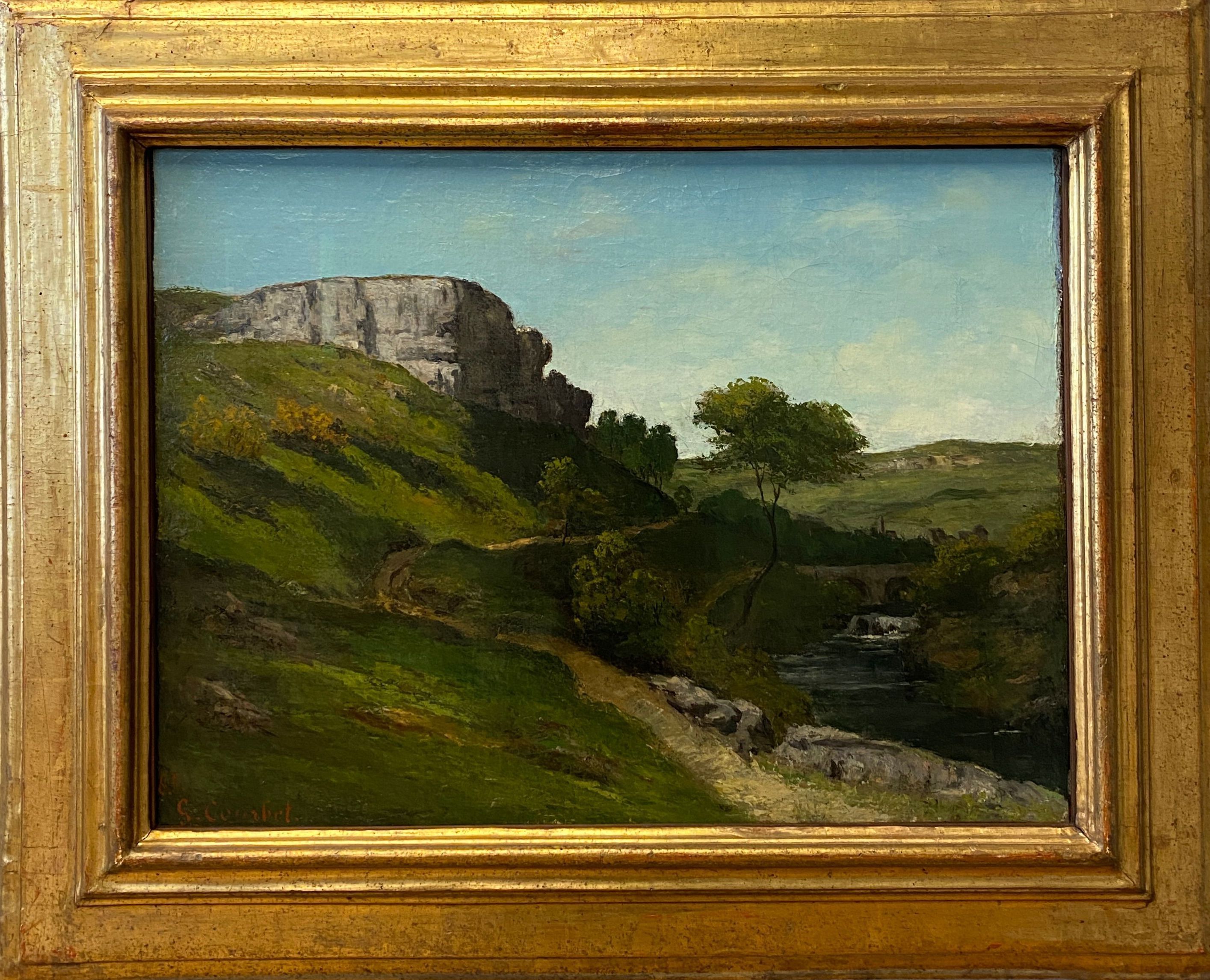
Gustave Courbet, leader of realism
Gustave Courbet (1819 - 1877) was born in the Doubs region of France. He produced over a thousand works and was one of the most controversial artists of the 19th century. His family was well-to-do and owned a lot of land.
His father was wealthy enough to be an elector on the basis of censal suffrage. He enters the Ornans seminary, where he receives drawing lessons from a pupil of Baron Gros. He neglected the rest of his studies, taking lessons from a pupil of David.
He attended the local art school and decided to move to Paris, far from his father's aspirations of enrolling him in the polytechnic. He began studying law, which was a pretext for moving to Paris.
He copied masters from all over Europe, including Géricault. His first paintings are influenced by Romanticism. He submits works to the Salon that are rejected. After several attempts, the Salon accepted Loth et ses filles in 1844, because it conformed to the acedemic canons.
This is one of the only works that respects the Académie's guidelines, and for most of his career he rejected the Académie's techniques and hierarchy of genres.
In the 1840s, he met Virginie Binet, who was to be his first love and greatest inspiration: he painted the Lovers. In the same years, he painted a portrait of Charles Baudelaire, who became his friend and a positive critic of his work.
He returned to Ornans, and drew inspiration from everyday scenes from the lives of the poor, such as Isabey had done with sailors. This was the birth of social realism, Courbet's intellectual contribution to art.
His painting Un enterrement à Ornans was rejected from the Salon, and intellectuals argued over the merits and idignity of the painting: Courbet had launched the battle for realism.
He went into exile in Switzerland at the end of his life, following several setbacks with the French justice system. Painters of the time showed solidarity with his cause. Some visited him and exhibited with him, including Ferdinand Holder. He died in Switzerland in 1877.
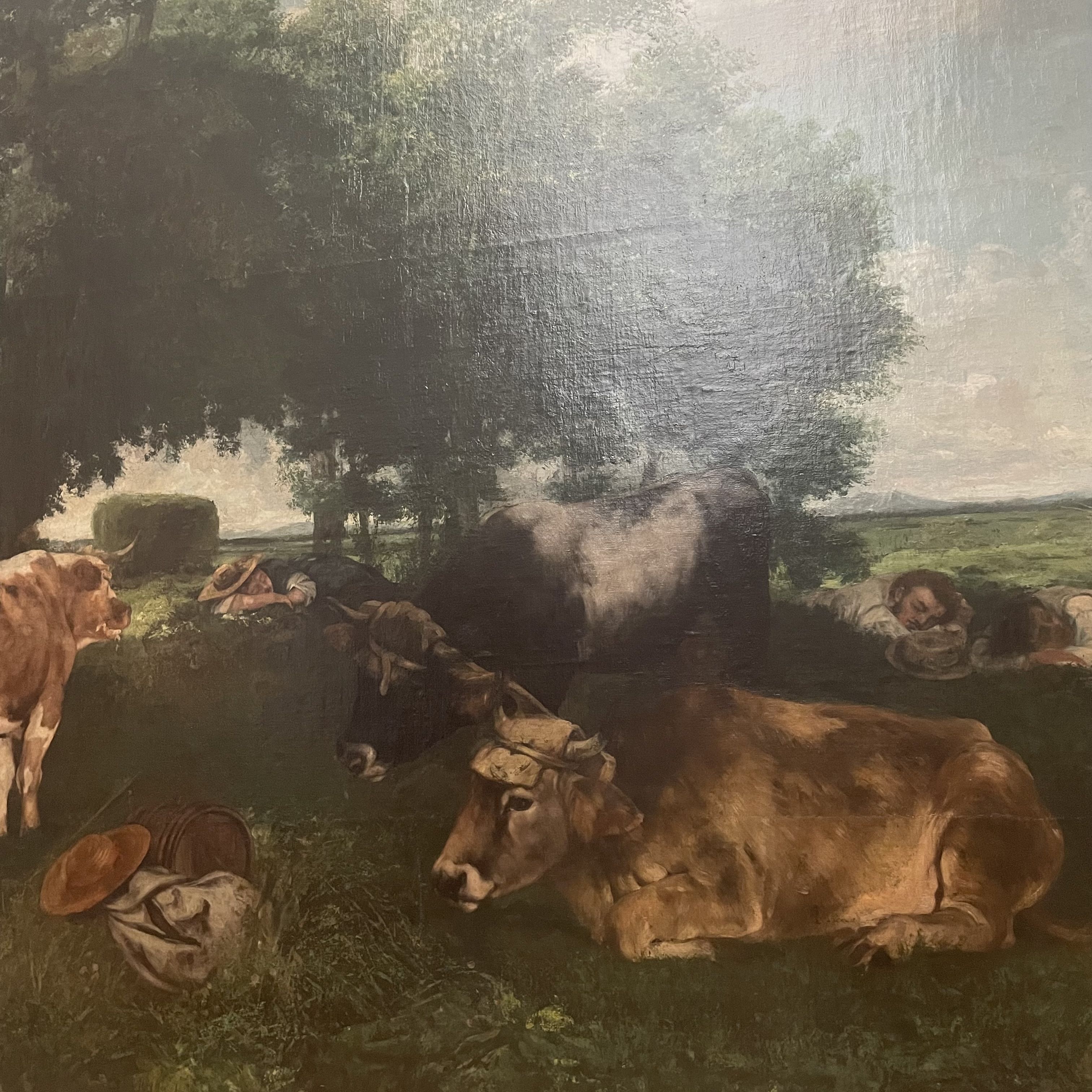
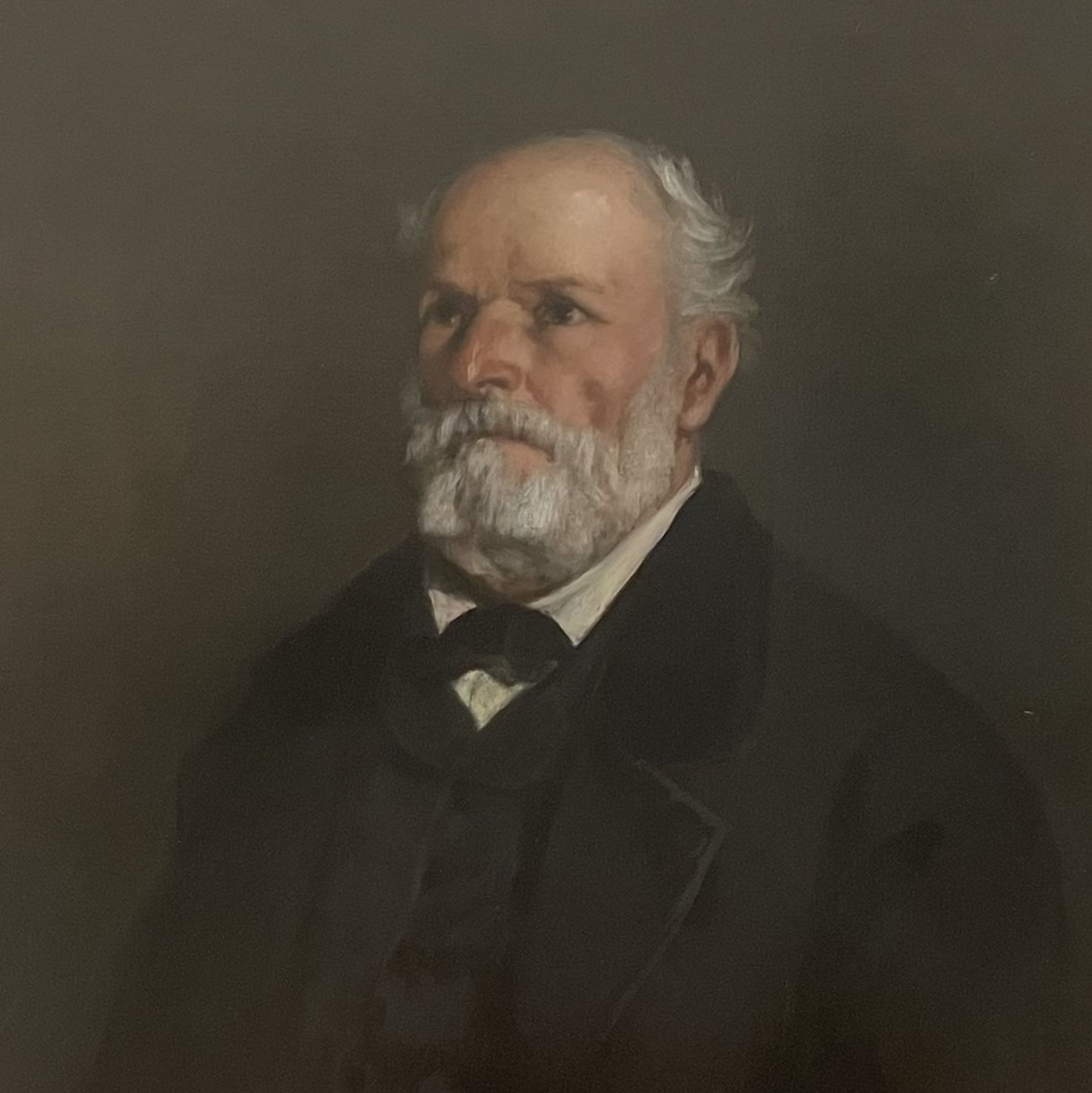
The historiographical context of realism in art history
The 19th century, and Gustave Courbet in particular, marks a historiogrpahic turning point in art history. The period is still imbued with academic standards, but also with a complex socio-political context.
At the end of the 18th century, the industrial revolution profoundly transformed the working classes and social habits. It also transformed the iconographic programs chosen by certain painters.
Some were keen to raise the profile of the most vunerable, whose work was just as hard as that in the fields. Against this backdrop, Courbet seized on the difficulty and simplicity of working-class life to create a new genre.
The technique, already used by a few before him - including Théodore Géricault, who borrowed the codes of history painting to illustrate an anecdotal scene, Le radeau de la Méduse- was to serve Courbet once again.
All the codes of the greatest academic genre are reused: the size of the canvas, deliberately large, pyramidal composition, fleshed-out representation of the scene depicted, noble colors... Courbet reuses many of these elements for Un enterrement à Ornans.
This painting, depicting a modest funeral ceremony in a village, shocked the world with its audacity. Courbet defies convention by treating a simple subject with the same importance as the great classical works.
Realism doesn't just represent reality faithfully; it also becomes a means of highlighting social injustices.
By giving a place to the working classes and denouncing the inequalities of their time through their works, artists such as Courbet, Jean-François Millet and Honoré Daumier contributed to making art a mirror of society, closer to human concerns.
Refusing a funeral in Ornans
Focus on Courbet's portrait on the cover
Gustave Courbet's painting, featured on the cover, perfectly embodies the essence of his realistic approach, while revealing a remarkable technical mastery and sense of detail.
At first glance, the portrait depicts a woman elegantly reclining on a richly decorated sofa. The figure's relaxed pose and direct, confident gaze suggest a certain intimacy between artist and sitter, capturing a moment of calm voluptuousness.
Courbet, true to his desire to paint reality without embellishment, pays particular attention to textures and materials. The brilliant satin of the white dress, which subtly captures and reflects the light, contrasts with the heavier, shimmering fabrics of the cushions.
The floral motifs and bright red hues of the accessories add a touch of dynamism to the ensemble, while underlining the luxurious, sophisticated character of the scene.
What's also striking about this painting is the woman's attitude. Her expression, half longing, half proclaiming, reinforces the idea of modernity in female representation.
Courbet does not seek to idealize his model, but to reveal a certain authenticity, both in the pose and in the emotion captured. There's a sensuality here, far from the classical canons, where the woman becomes both the object of contemplation and the central subject of the composition.
Courbet's palette, rich in shades of gray, white and red, lends the work an atmosphere that is both intimate and noble.
The artist manages to capture a scene of luxury and relaxation while maintaining a realistic approach, true to his style, blending technical rigor and psychological exploration of the character.
Gustave Courbet's imprint on his period
His works are part of the permanent collections of many prestigious museums around the world, and Gustave Courbet is today considered one of the major artists of the realist movement and a precursor in terms of artistic choices. Today, his work is highly prized at auction, and given the magnitude of his output, collectors play a major role in preserving his work.
Recognizing the artist's signature
Not all Courbet's works are signed. They may be at the bottom of the painting, but if you think you own one, it's best to have it appraised to be sure of its originality.
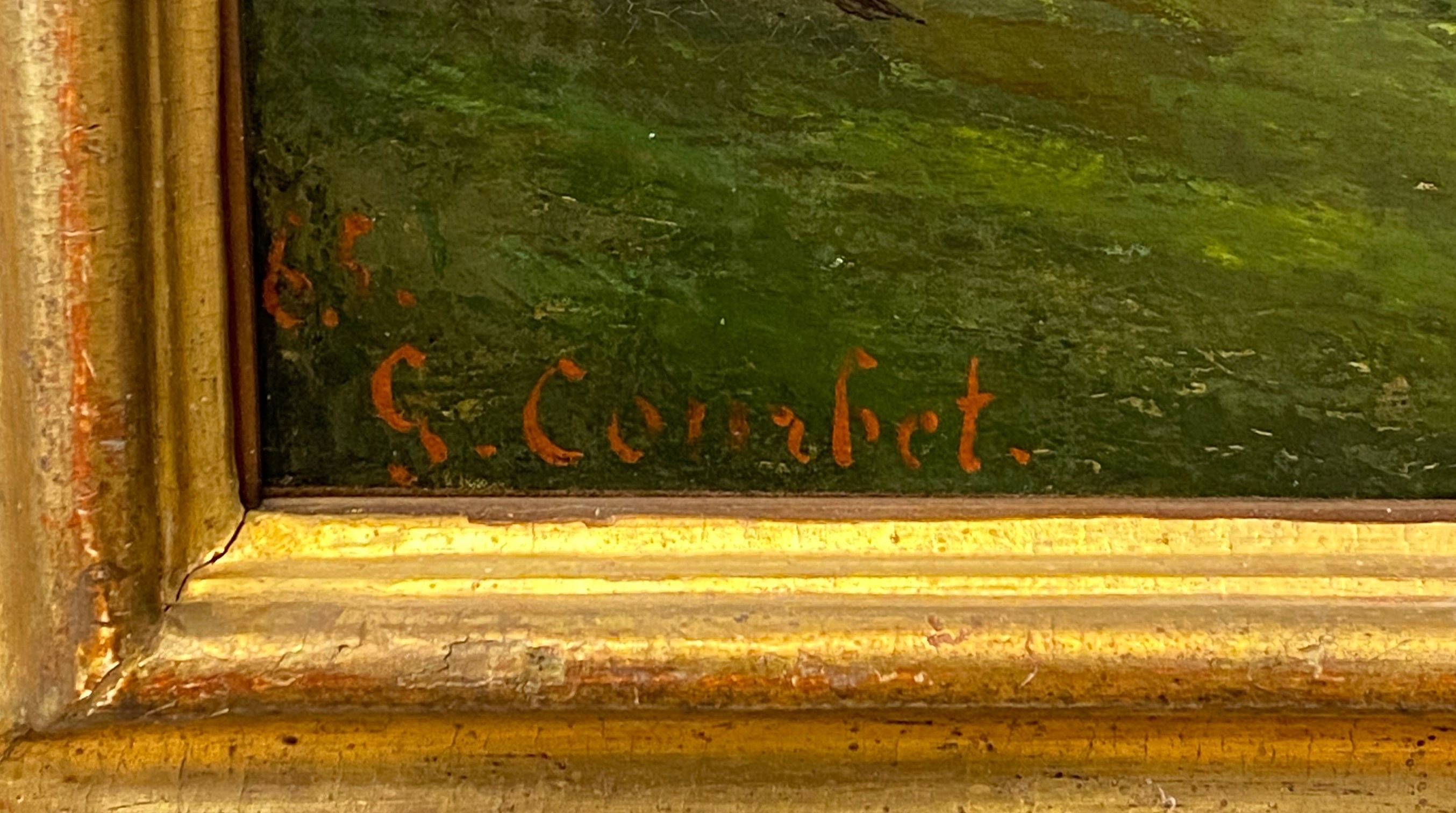
Knowing the value of a work
If you happen to own a work by or after Gustave Courbet, don't hesitate to request a free appraisal using the form on our website. A member of our team of experts and certified auctioneers will contact you promptly to provide you with an estimate of the market value of your work, as well as any relevant information about it. If you wish to sell your work of art, our specialists will also be on hand to offer you alternatives for selling it at the best possible price, taking into account market trends.
Response in less than 24h
Related topics
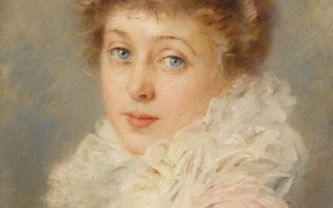
Cote et valeur 2024 des tableaux, dessins, peintures de Cons...
Constantin Makovskij is a 19th-century Russian realist artist who produced works that are highly valued at auction.
Read more >

Cote et valeur 2024 des sculptures, bronzes, marbres de Augu...
Auguste Clésigner is a French sculptor who has produced a number of sculptures that are highly valued at auction.
Read more >

Rating and value of Russian paintings and drawings by Franz Rouba...
Franz Roubaud is a Russian artist who produced military and Orientalist paintings and drawings that are appreciated and sought-after at auction.
Read more >
Secure site, anonymity preserved
State-approved auctioneer and expert
Free, certified estimates
